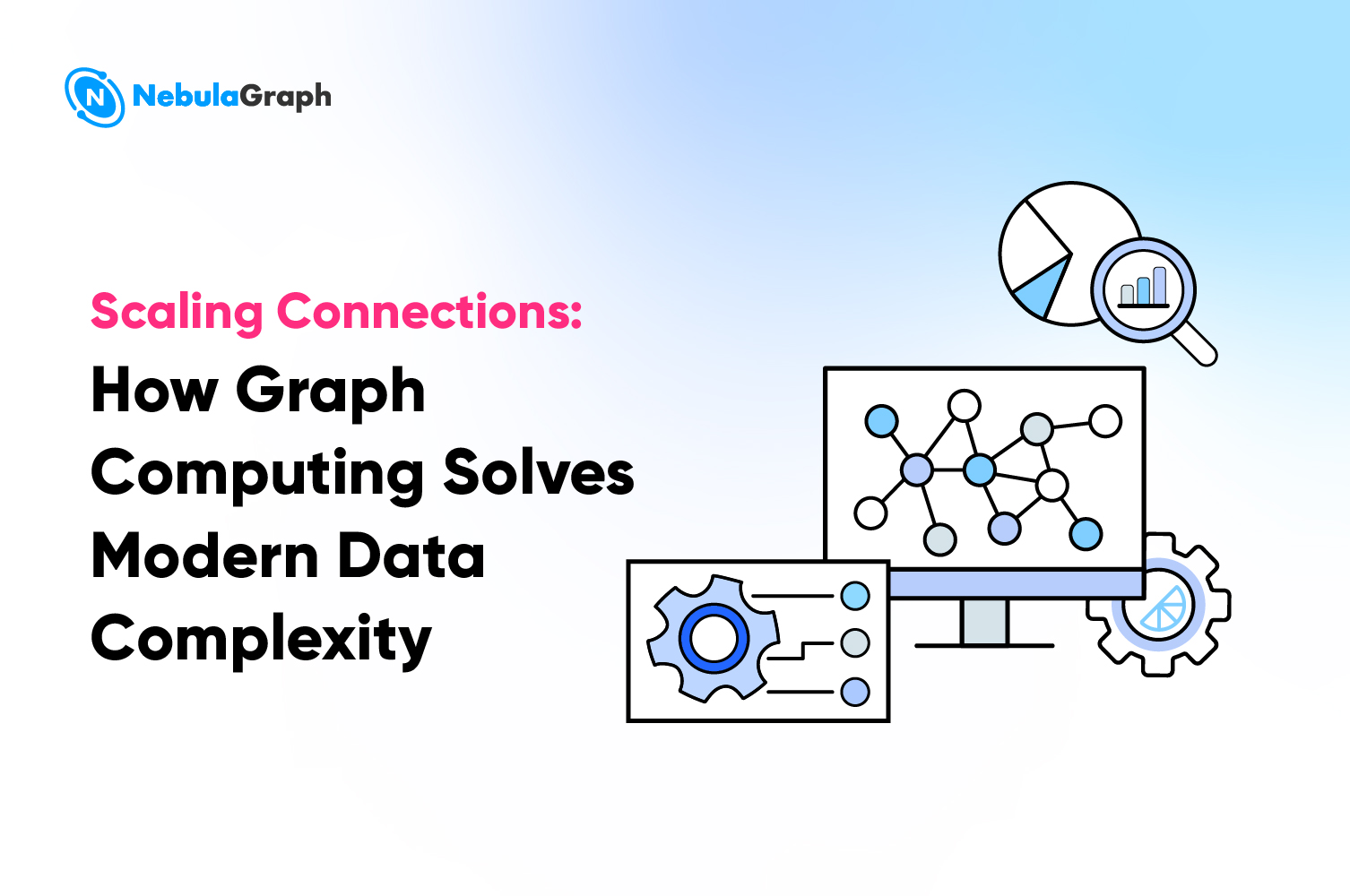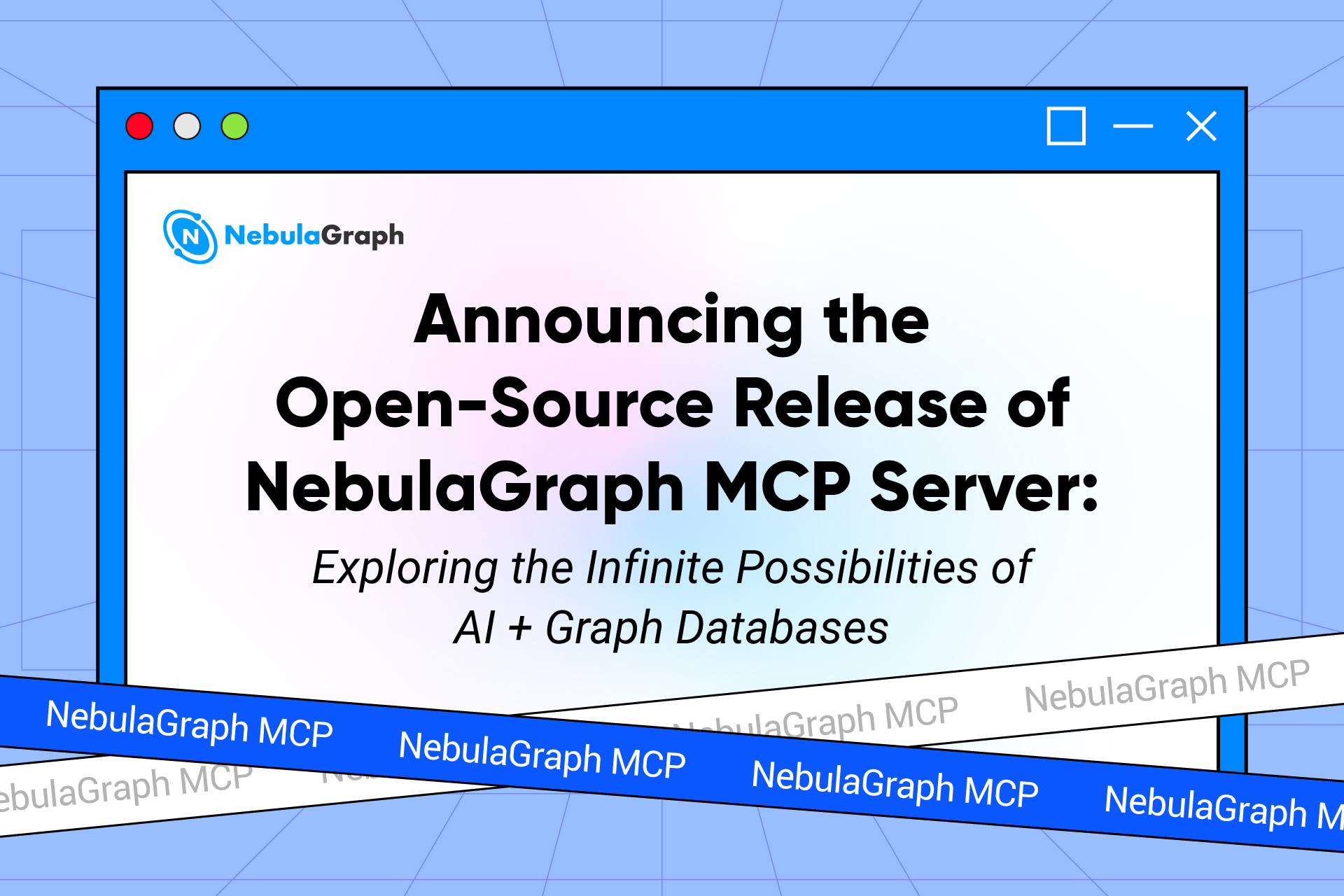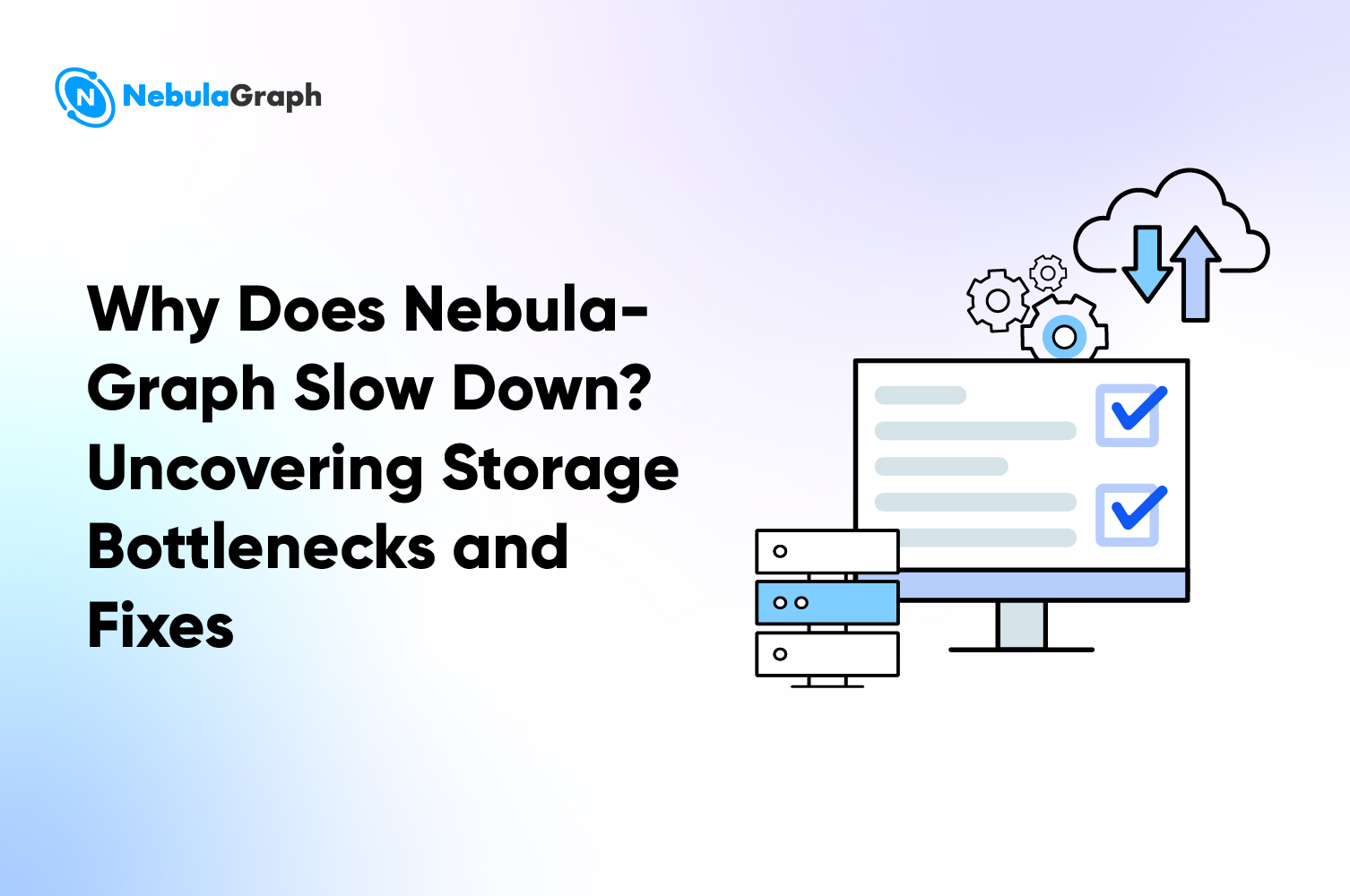News
Vesoft (NebulaGraph) Recognized in the Gartner® Market Guide for Graph Database Management Systems
We’re thrilled to announce that Vesoft for its NebulaGraph, a leading open-source distributed graph database renowned for its exceptional management capabilities of datasets containing hundreds of billions of vertices and trillions of edges, has been recognized in the Gartner® Market Guide for Graph Database Management Systems as a Representative Vendor.
Graph databases are specialized systems in which interconnected data entities are stored as vertices, and their relationships as edges. This structure allows high-performance retrieval and querying. Given their superior query performance, flexible data structure, and intuitive presentation compared to traditional relational databases, graph technology is rapidly becoming essential in intelligent analysis and AI machine learning.
Rapid Surge of Graph Technology
According to Gartner, “Based on the increasing usage, popularity and maturity of graph, Gartner estimates that the market for graph technologies, including graph database management systems (DBMSs), will grow to $3.2 billion by 2025 with a CAGR of 28.1%." As a trailblazer in native distributed graph databases, NebulaGraph boasts a foundational storage architecture advantage. Its native graph storage ensures swift, real-time traversal of densely interconnected data, while its shared-nothing design guarantees scalability. Particularly in scenarios such as real-time recommendations and financial risk management, NebulaGraph empowers businesses to handle expansive and intricate datasets efficiently, promising real-time traversal query performance even amidst rapidly expanding data volumes.
Standardizing Graph Query Languages
The establishment of a concise and standardized query language plays a pivotal role in optimizing the user experience of a database. Intense competition among graph database query languages has spurred significant product enhancements and continuous improvements, notably evidenced by the emergence of the GQL standard.
According to the research, “The longtime competition among languages has been a challenge. However, it has also resulted in both significant enhancements to product capabilities and continuing efforts to promote standards such as GQL. Vendors are supporting GraphQL as an API so that developers can access the graph data model without learning SPARQL or Gremlin to build queries. Moreover, vendors of RDF graph DBMSs are adding support for openCypher or Gremlin to support graph traversal."
The eagerly awaited ISO/IEC Graph Query Language (GQL) and the associated SQL-to-property Graph (SQL/PGQ) standards—rare developments in decades—are poised to elevate graph database product usability. A multitude of vendors, including prominent enterprise database providers, are actively investing in this groundbreaking initiative. Notably, NebulaGraph stands out for its dedicated strides in advancing GQL-compatibility, with upcoming versions set to embrace the core features of GQL.
Cloud Platforms Propel the Growth of the Graph Database Industry
Gartner says, “Interest in and use of graph have been increasing steadily. In 2020 and 2021, inquiries to Gartner data management analysts about graph rose substantially. “ With consistent revenue and channel growth, graph databases are drawing increased interest from vendors, a trend accelerated by cloud deployments. Cloud Service Providers (CSPs), like other DBMS market trailblazers, are incorporating graph functionalities into their databases and presenting competitive products.
”Gartner expects the percentage of revenue attributable to cloud in the overall DBMS market to exceed 50% by 2023” in the research. This overarching trend in the global database market is becoming distinctly visible in the cloud database sector.
NebulaGraph has been seamlessly integrated with platforms like Alibaba Cloud, Azure, and AWS, simplifying database deployment, performance optimization, and maintenance. As tools facilitating data migration from relational sources or rival graph vendors proliferate, end-users are keen on repurposing their existing data. The participation of cloud platform providers is set to lure a more expansive user base, recognizing the cloud as an ideal experimental platform.
NebulaGraph: Crafting a Superior Native Graph Database
Graph databases can be bifurcated into Native DBMSs and Multi-model DBMSs. “Both native and multimodel graph databases can scale to meet enterprise production requirements, including stability, availability and security. However, native graph DBMSs offer performance gains when dealing with queries over very large graphs (typically billions of nodes).”
Moreover, NebulaGraph has tailored its offerings to domestic environments and fine-tuned for ARM hardware, ensuring unwavering performance. Hardware acceleration and hardware-based graph computation herald significant performance boosts. Cloud platforms, compared to private user deployments, are more inclined to adopt these enhancements. NebulaGraph's native integration with Amazon's renowned Deep Graph Library (DGL) furnishes users with an all-encompassing toolkit for graph storage, computation, and learning.
We believe being recognized in Gartner's Market Guide for Graph Database Management Systems symbolizes the industry's endorsement of NebulaGraph. As data scale and complexity surge in the future, the merits of graph data technology will become even more pronounced. NebulaGraph is unwavering in its dedication to continually honing its graph database product capabilities, striving to help more users extract the profound, interconnected value from their data.
For further information, please visit NebulaGraph or contact us to get a customized solution for your organization.
Reference:
[1] Gartner, "Market Guide for Graph Database Management Systems", Merv Adrian, Afraz Jaffri, 30 August 2022.
*Gartner does not endorse any vendor, product or service depicted in its research publications, and does not advise technology users to select only those vendors with the highest ratings or other designation. Gartner research publications consist of the opinions of Gartner’s research organization and should not be construed as statements of fact. Gartner disclaims all warranties, expressed or implied, with respect to this research, including any warranties of merchantability or fitness for a particular purpose.


